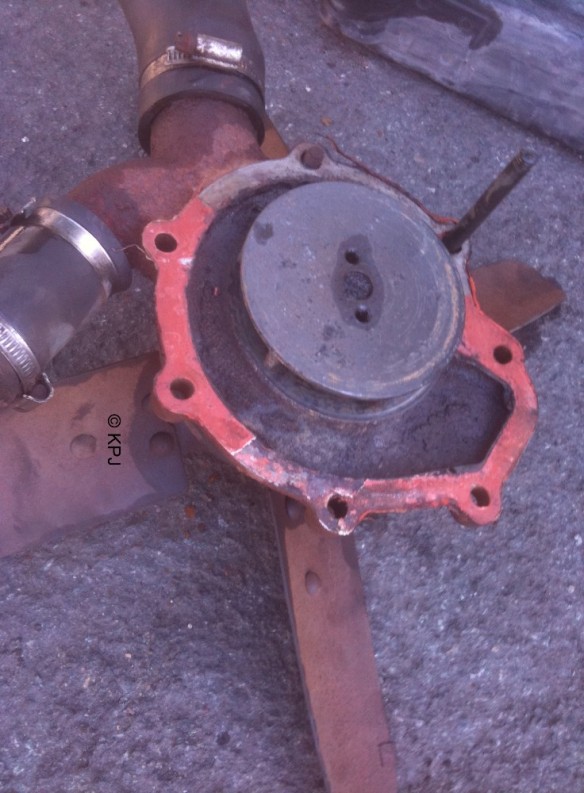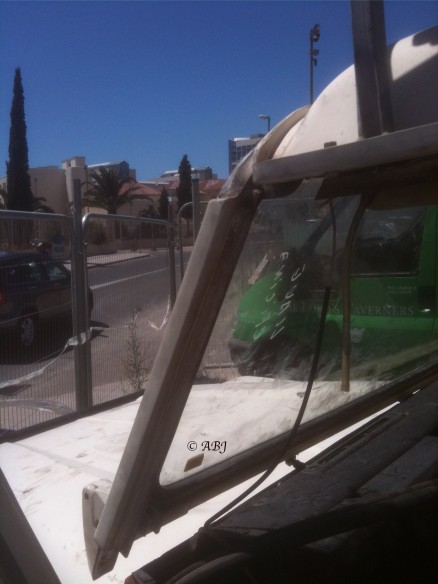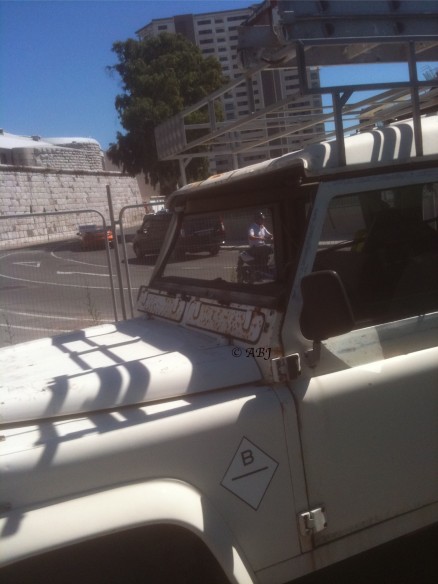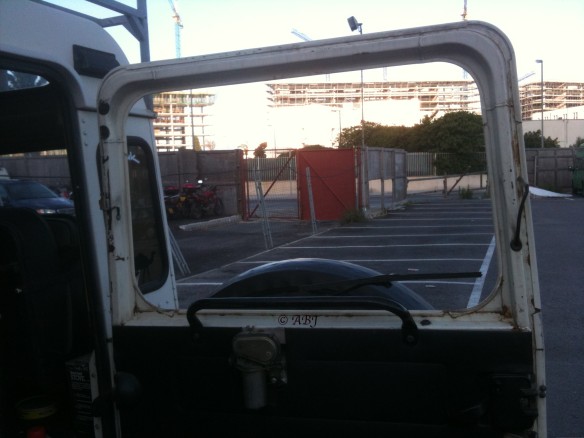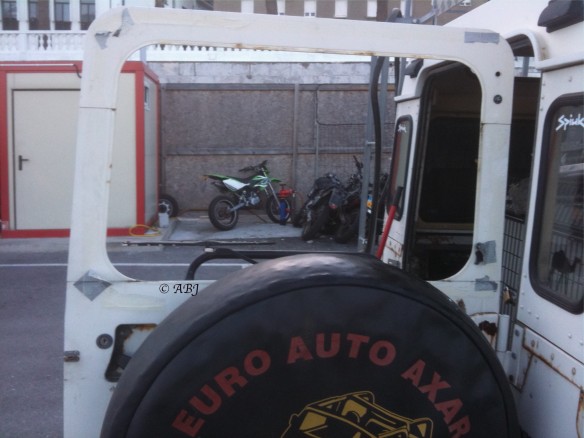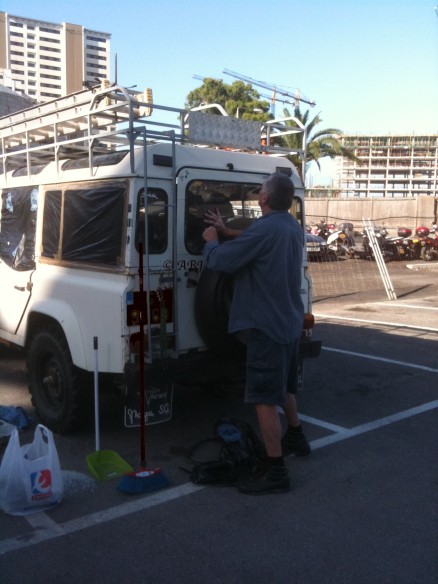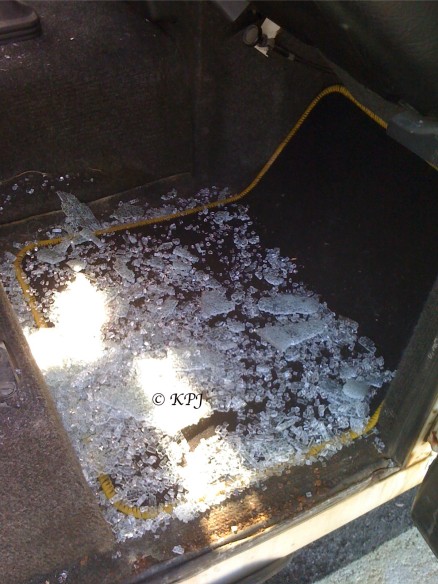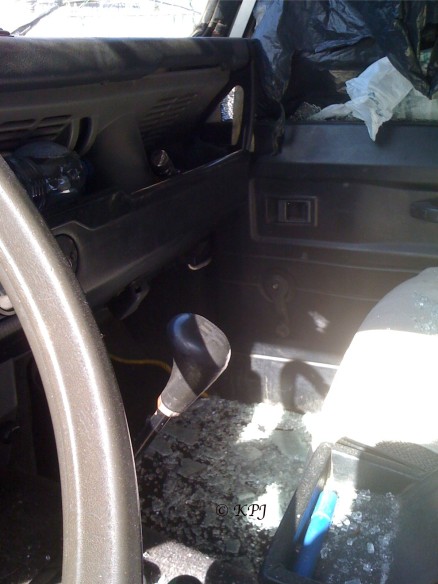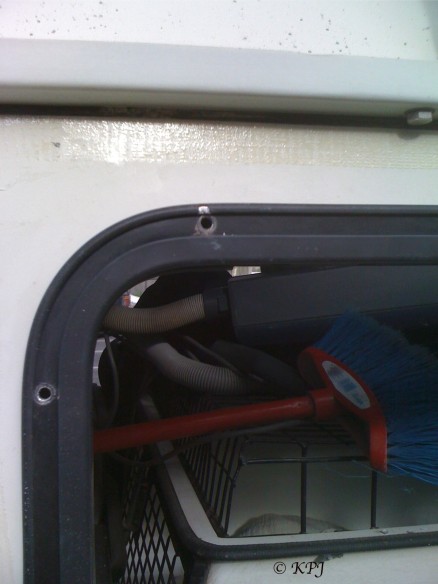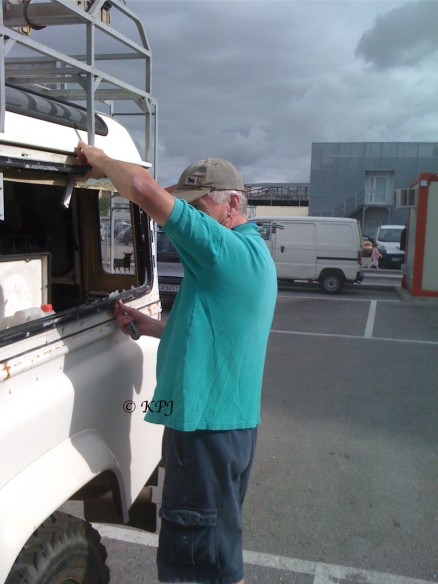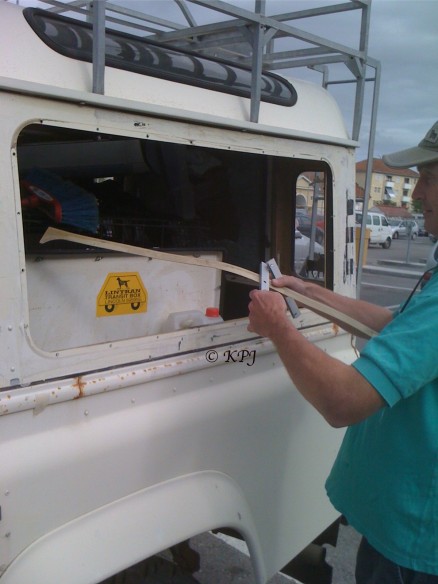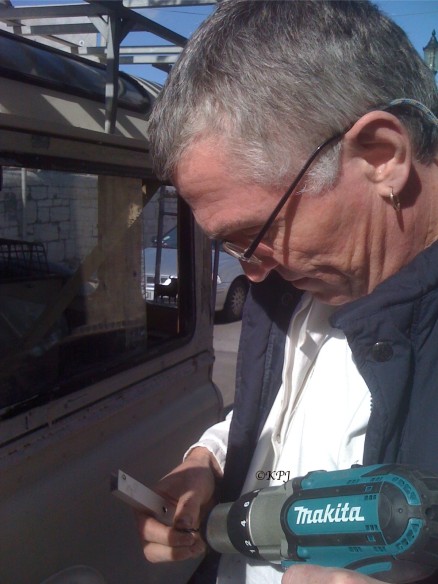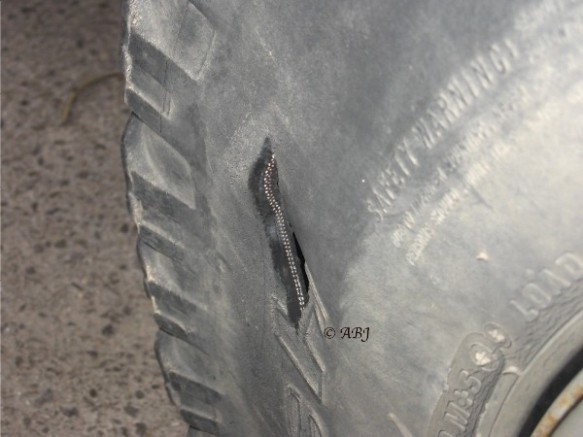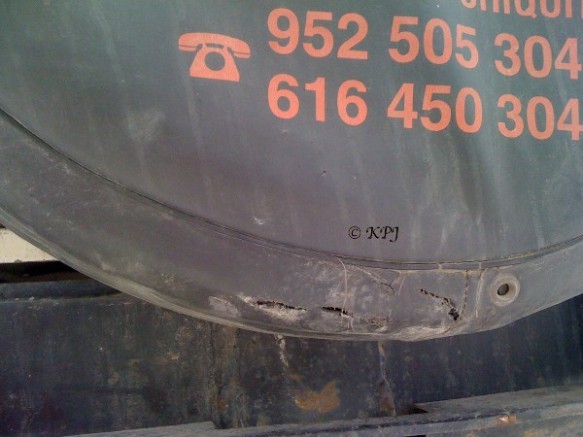It’s always good to waste time, I mean travel around usefully, looking for scrapyards in Andalucía.
So here, for anyone who wants to visit them, is a list of some of the ones we have visited in the search for Land Rover spares in the provincias of Málaga and Cadiz.
So, first up Málaga province.
A quick google and some queries on a very helpful Spanish forum – 4x4malaga revealed the main contenders to be at:
Valle Niza
Malaga Industrial Estate (Poligono Guadalhorce)
Estepona
There a couple of others at Cartama/Coin but we haven’t visited those.
At Valle Niza you can find Discos and Freelanders but no Defenders/Series/Santanas.

‘Possible en Málaga’ we were told.
So, off to Málaga.
The industrial estate is well-signed and easily found. For anyone who doesn’t know, it is basically east of the airport, off the ringroad/autovia. If you don’t do Spanish look for Poligono Industrial, or sometimes PI with a factory type image.
There are loads of addreses for scrapyards on Carretera Azucarera- Guadalhorce. This is one of the main arterial roads of the estate, it runs south to north on the far west of it. Easy eh?
Well yes, if there hadn’t been road works. I gazed at every single plot we passed on our side of the road and not a single one was a scrapyard. Got to the end of the estate and found ourselves at an oil refinery. Nope. Not what we wanted.
Argument ensued between navigator and pilot about inadequacy of navigator. Navigator insisted she was correct and threw maps, directions, addresses and anything near to hand at pilot.
Plan B. Ask someone. In fact Plan B in Spain should always be Plan A.
Navigator well sulky by now so refused to ask.
Reluctantly agreed to drop window so pilot could ask a worky wandering up.
‘Where’s the scrapyard?’ or ‘Donde esta el desguace?’
‘Just down there on the right mate, where the trees are.’ or ‘Muy circa a la derecha amigo, donde estan los arboles.’
Or words to that effect.
So just for the record, the navigator was correct. Anyway, we parked up and decided to go through the scrapyards systematically from top to bottom. Actually the navigator decided that, as she was feeling very smug and assertive.
What neither of us thought of, was marking down which scrapyard had what vehicle, which, when there are 12 or so scrapyards all looking the same, is not good. At all. By the time we had got to the end we had seen four Land Rovers, and could only remember two of the places where we had seen them, and one of those only had a basket case.
Moving on swiftly down the coast to – Estepona. El Padron del Rio. Note – google has one listed on the poligono. It does not exist. The one at Estepona is best approached from the east, and is just after KM 160 on the N340, take a right when you see some bath store or something like that. No Land Rovers when we went though.
Cadiz province
Next up, scrapyard in Jimena. Hmm, what scrapyard in Jimena? Couldn’t find it on the internet search so asked at our local garage in Gib. Found a mechanic who lived there. No scrapyard in Jimena – but – there was a good one at Arcos. Quick change of plan and shot off up to Arcos to Desguace San Miguel.


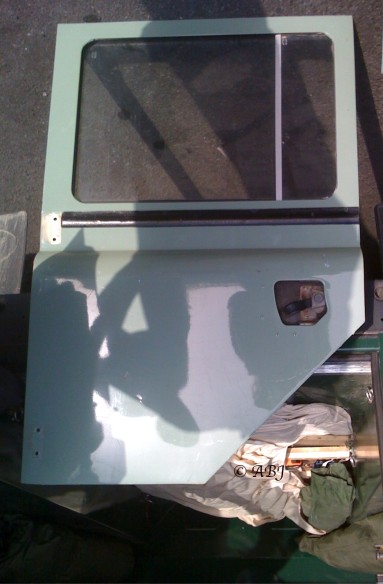
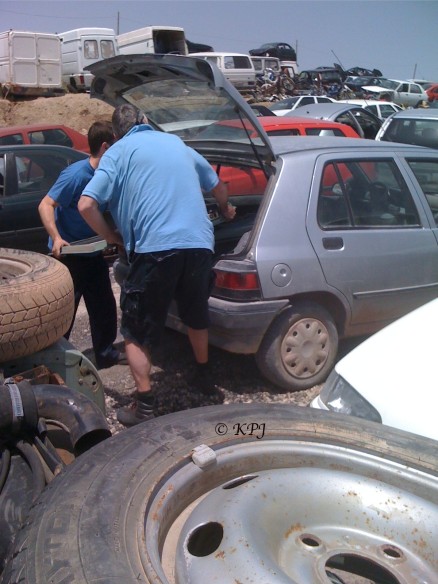
First one, incidentally, that we have found here that allegedly opens on Sat morning – or so it says on their website. I would advise ringing before turning up on Sabado. It was huge. And it did have four Land Rovers, in various states of dismantling. There was no vehicle newer than early 80s.
Arcos is very pretty though and so is the surrounding countryside. And the venta at the bottom of the road does tapas with excellent olives and drinks for a very fair price.
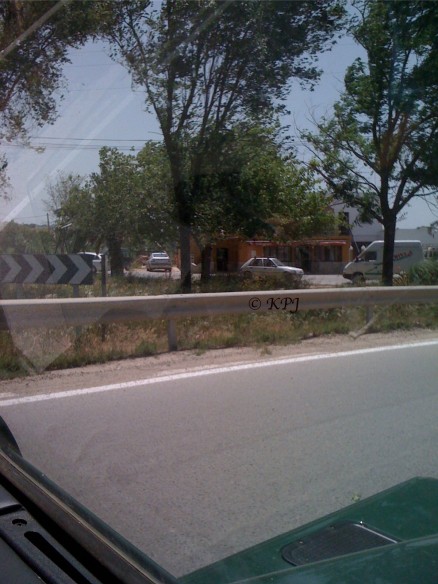
So:
Lesson numero uno. Take pen and paper and definitely write down the name of the scrapyard and what you have seen at that one. And what parts it has that are useful.
Lesson numero dos. People say that in Spanish scrapyards you can not take off your own bits. Oh yes you can, so take your tools so that you are prepared if you are allowed to do so. Ask nicely, tell them you have your llaves and all your herramientos. If you are really lucky, someone might help you – although they might ask for a tip.
Lesson numero tres. Ask to look at the vehicle you are interested in. In some places you can wander off if they like the look of you. In others you have to join a queue. So far, experience says, queuing to see a basket case isn’t worth the time. Whatever, do not wait thinking people will ask you what you want. Join the queue if there is one, but otherwise, approach people and ask. You will always, in the end, need to speak to the yard supervisor. S/he is god and will tell you if they have the vehicle and, if you like the bits, they will give you a price.
Lesson numero cuatro. If you like what you have seen and you can afford it, accept the price you are given. We saw a most entertaining argument – in Arabic – between a Moroccan wanting a tyre cheaper than the given price, and the Moroccan scrapyard worker telling him he couldn’t have it for any less. Just pay, we all have to live.
Lesson numero cinco. They shut between 2pm and 4pm. Arrive in time to do what you want. Or for them to do what you want – which will take even longer. Come back at 4pm or – come back next week.
Lesson numero seis. When someone tells you there is a scrapyard some miles away, do not assume it is correct unless you get exact details or co-ords. But on the other hand, if you are looking for a desguace, always ask a) someone who appears to live locally b) a road worker c) any garage mechanic d) at a petrol station e) a truck driver.
Lesson numero siete. Make sure you know all the relevant words. There are three words for scrapyards – to my knowledge – in Spanish. Desgauce, chatarra, and cementario de coches. You may need to try all those out before they understand your accent.
Suerte!!
List of scrapyards and addresses here:
Valle Niza
Auto Desguace Valle Niza
Ctra. Cádiz, Km.3, Vélez-Málaga Málaga
952115853
Malaga
Auto-Desguace Hnos. Gonzalez S.L.
Ctra. Azucarera-Intelhorce, 13-B 29004 Malaga
952173704
Autodesguace García, S.L.
Ctra. Azucarera-Intelhorce, nº 13 A 29004 Málaga
952171753
Autodesguace Inter S.L.
Carretera Azucarera-Intelhorce Nave 11 B 29004 Málaga
952173593
Auto Despiece del Automóvil Hermanos Martín
Ctra. Azucarera-Intelhorce, P.I. Guadalorce Málaga
952173875
Auto Desguace Hermanos Vargas
Ctra. Azucarera-Intelhorce, P.I. Guadalorce Málaga
952173452
Auto Desguace La Alberca
Ctra. Azucarera-Intelhorce, P.I. Guadalorce Málaga
952173160
Scrap Yard – Auto Desguace El Inglés
Ctra. Azucarera-Intelhorce, Nave 7 Málaga
952241551
Auto Desguace Avilés
Ctra. Azucarera-Intelhorce Málaga
952173423
Estepona
Desguace Rio del Padrón
Ctra. Cádiz-Málaga, Km. 159 Estepona
952804096
Arcos de la Frontera
Ctra.Arcos-San José del Valle, Km 2
956 70 20 71 – 856 02 31 21 – 956 23 16 61
Thanks again to everyone on 4×4 Málaga for all their help in finding desguaces. Much appreciated.
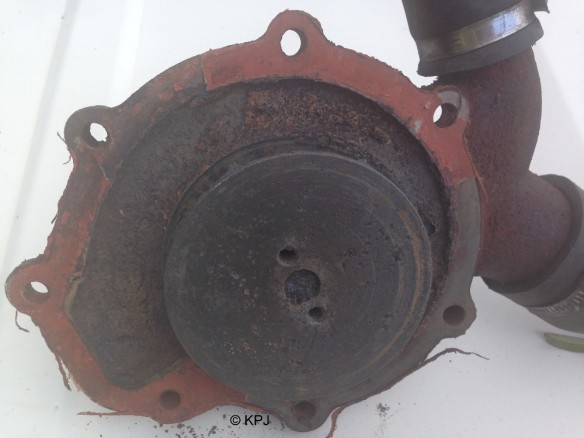 This post will be in English and Spanish.
This post will be in English and Spanish.














